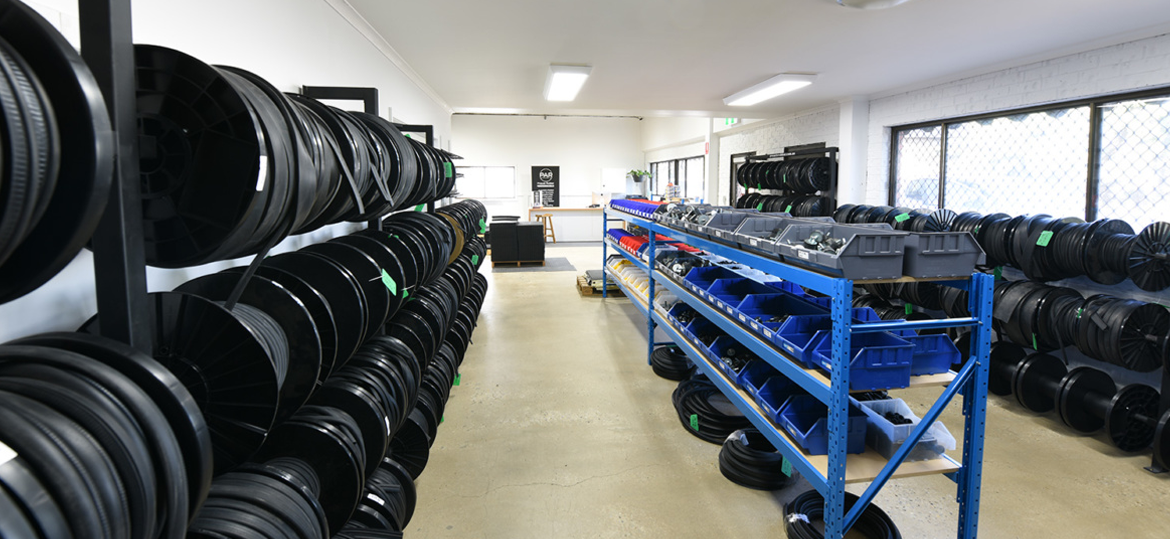Recycled rubber plays a vital yet largely unseen role in in our lives. We interact with it on a daily basis and it is an integral industry to Australia.
As a commonly used material, literally seen everywhere from the classroom to the roads, business, sports teams, industry and pretty much everywhere else. This versatile material is a part of our daily existence, and as such Rubber Products must always be recycled.
Recycled rubber is being used by manufacturers in a wide variety of applications today. Manufacturers source scrap tyres and rubber as a raw material input due in part to cost and energy savings.
Below are a number of industry applications where we see recycled rubber being used the most:
- Medical: Hospital floors and surgical gloves;
– providing comfort and quiet for medical professionals and patients. - Agriculture: Vegetation protectors and windbreaks, sheds, livestock mats, bumpers, and feeders;
– increasing yield and efficiency for the agricultural sector. - Sports: Infill for synthetic turf fields (of which there are thousands in Australia), indoor and outdoor running tracks, fitness mats and the like;
– broadening sports and fitness opportunities across the country. - Playground Surfaces: Mulch and mats;
– cushioning our children’s falls. - Infrastructure: Rubberized asphalt on roadways;
– providing surface durability while lessening traffic noise. - Home & Garden: Landscaping mulch, moulded products such as railroad ties, flowerpots, garden hoses, benches, and welcome mats;
– creating useful everyday products.
Importance of Rubber Recycling
Reclaiming and recycling rubber uses less energy than producing new rubber. Additionally, recycling rubber reduces demand for new natural rubber, which may keep rubber tree plantations from expanding into sensitive tropical ecosystems.
Furthermore, keeping rubber out of landfills protects environments as well as human health — for instance, tire fires in landfills cause pollution and pose a significant safety hazard. Rubber biodegrades slowly, meaning it builds up quickly in landfills due to the huge amounts of discarded rubber products such as tyres.
Ways to recycle
Rubber can be recycled using one of three commonly practised methods. First, a rubber product can be refurbished, which can include services like re-treading old tyres. Second, rubber can be broken down and formed into an entirely new product, this includes more durable, dense items like playground surfacing. Third, burning tyres in a controlled environment can be used to generate energy used for manufacturing processes – this, however, is less eco-friendly than the previous options.
Challenges in Rubber Recycling
Maintaining the characteristics and quality of rubber can be quite a challenge when undergoing the recycling process. When the material is produced, its chemical structure changes through a process called vulcanisation, which increases the rubber’s elasticity. It then goes through a reverse process that breaks down the bonds in the rubber, allowing it to be remoulded and reused depending on its intended purpose.
Where to use Recycled Rubber Materials
It can be formed into a wide range of products, from gym mats and rubber flooring options to traffic cones and industrial elements, even trailer mats and cable protectors. As a versatile material rubber can be made into a number of grades, densities and products in use around the world.
Whether needing products that can be recycled, or finding repurposed products for your business, there are endless ways to use this material and save it from the trash heap.


